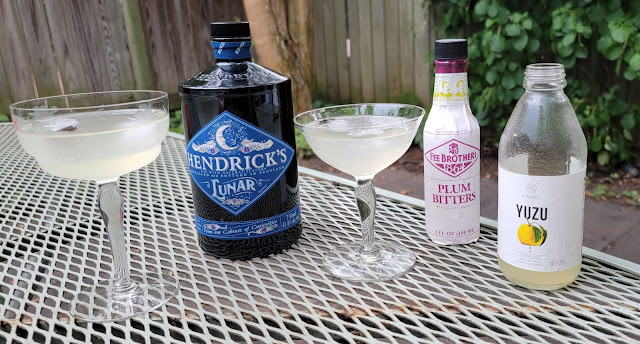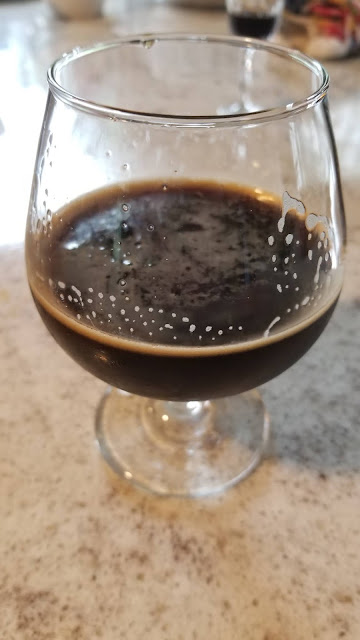Let's talk pinot! I had this recently and quite enjoyed it. In the US, Pinot Noir has found viable growing conditions in the cooler parts of California, including Carneros, the Russian River Valley, the Anderson Valley, the Sonoma Coast, Monterey County, the Santa Lucia Highlands and Santa Barbara County, as well as in Oregon's Willamette Valley (where some of my favorites are made!)
Today's, from Blood Root Cellars, is an interesting example of a California pinot...or blend of pinots. This 13.80% ABV red wine is a precise blend of grapes from twelve different vineyards; most of which are used to produce wines that generally cost quite a bit more that the $20 retail price this bottle would fetch.
The twelve vineyards are from a variety of California counties, including Marin, where I've spent quite a bit of time over the years visiting family. I've never heard of any wines being sourced there, though. Certainly there are beers from Marin, as I encountered in my 2018 blockbuster trip out West, but wines not so much. Maybe Woodlands Market should start carrying this stuff!
On the nose - quite earthy and a touch vegetal. Peat moss, graphite, and earth. Hmm, okay. I'm here for it. Nice blood red color in the glass.
On the palate - fruity! Silky-smooth, full notes of cranberry, cherry skins, and a bit...botanical, like bergamot. Flavors develop quite quickly, and the wine leaves the mouth with a full presentation of juice and stonefruit.
This definitely punches above its weight - it's aged just enough to make it slightly round but still retaining the liveliness you'd expect from a pinot. I'm actually quite impressed - one of the nicer California Pinot Noirs I've had lately - the coastal pinots before that lack the real aggressive weight that some hotter, drier wines present. I also like the herbal notes as the wine just starts to open - that bit of dried flowers adds a levity to a wine that otherwise would be a bit heavier.
Distributed by Salveto Imports, this wine retails for $20 so a great value in my opinion. I'm digging that this is a medium-bodied, softened, and well-refined red and great for Thanksgiving.









































